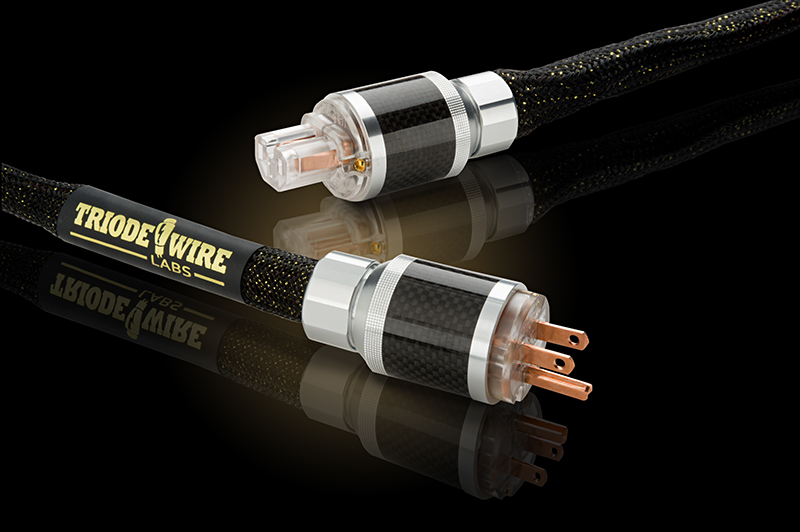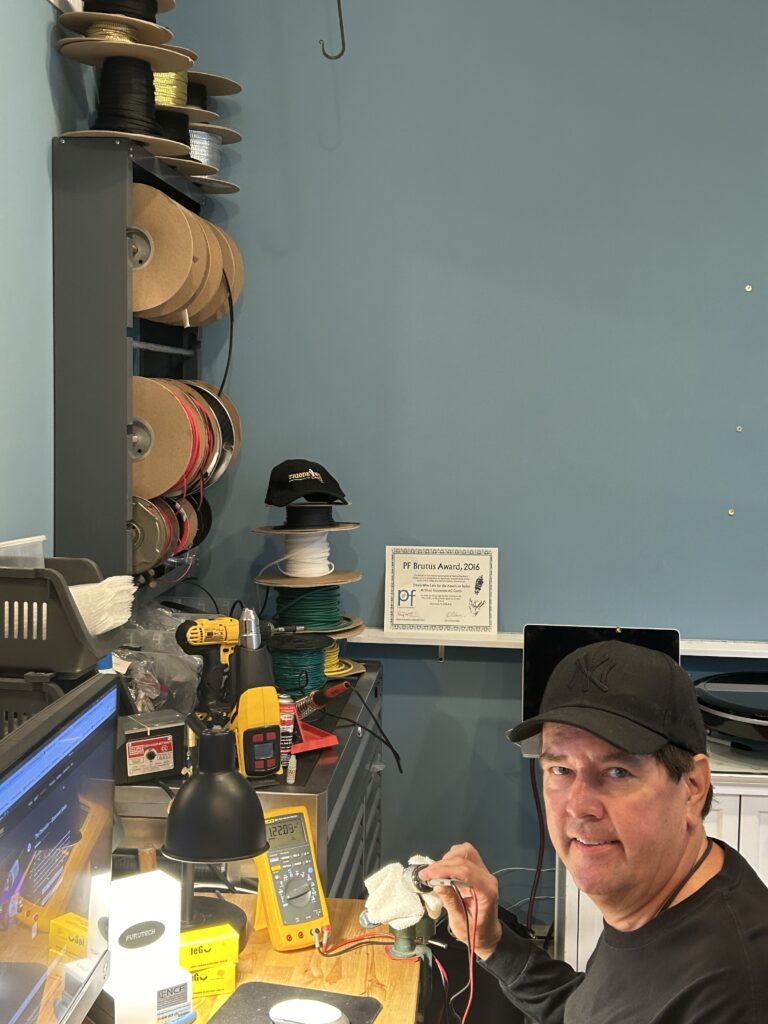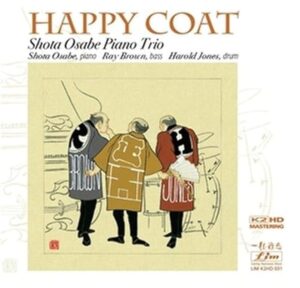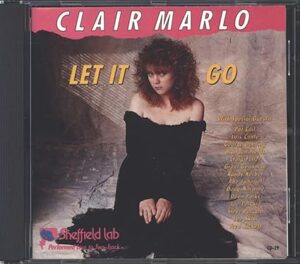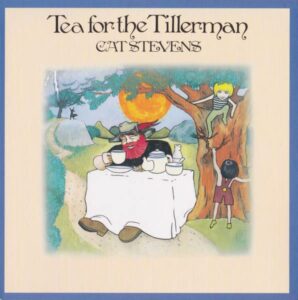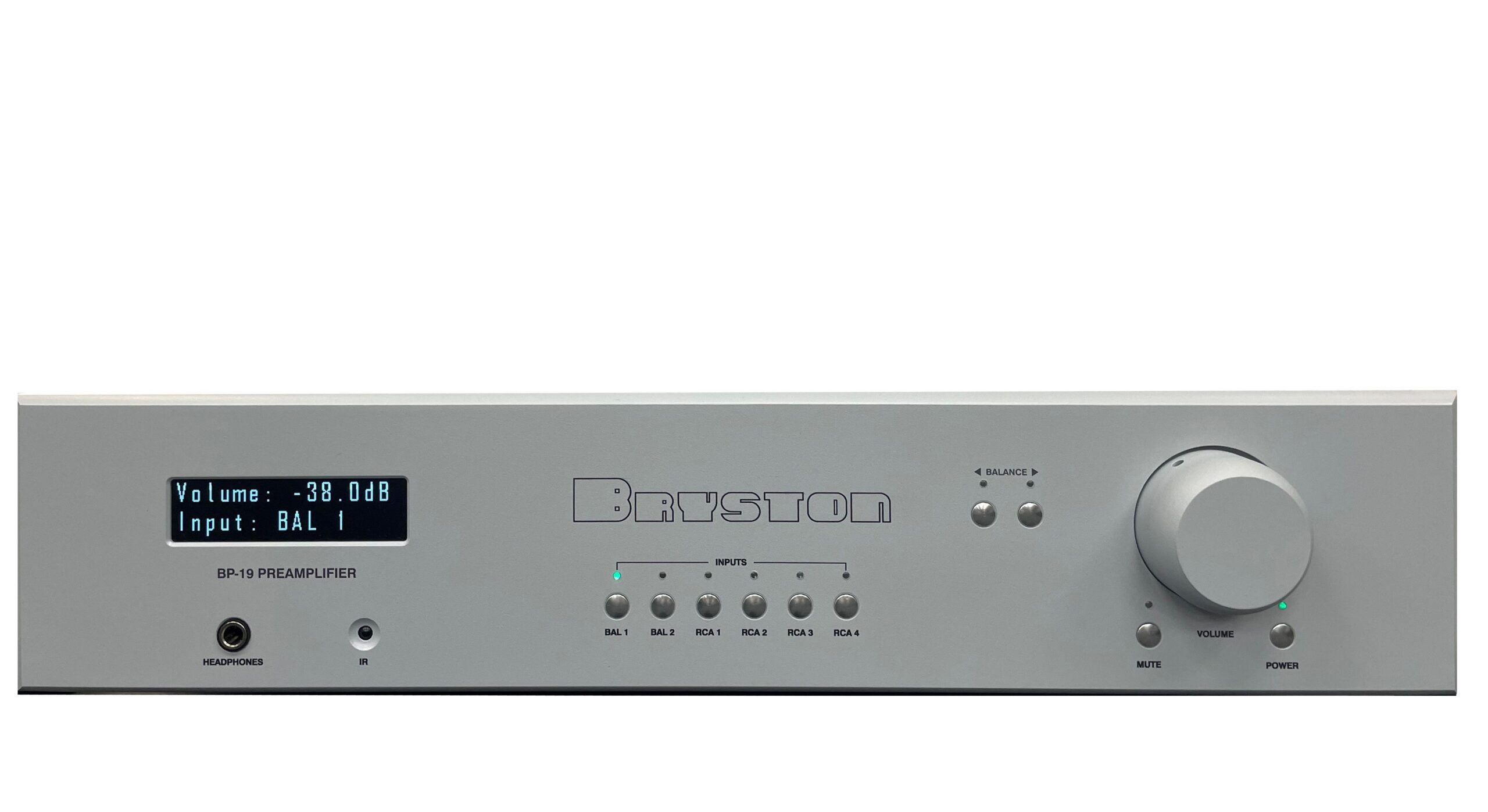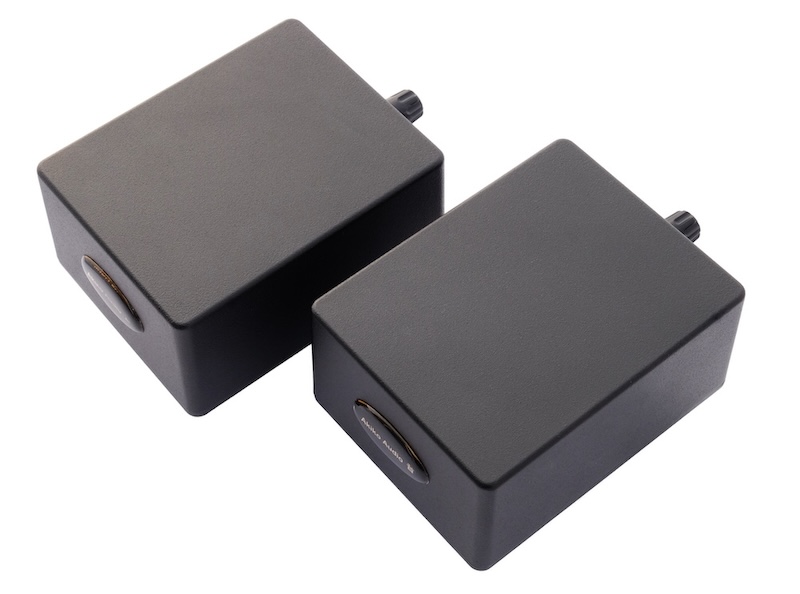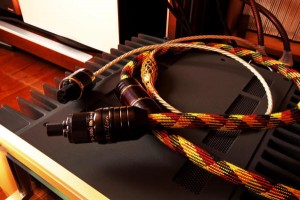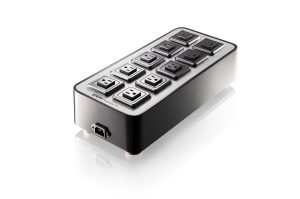By far, the most common blind spot that most audiophiles I have met and chatted with seem to have, is the lack of awareness of the importance of the quality of power that they feed into their audio system. I have encountered audiophiles that have spent high six figure amounts on their system but have done little to nothing to clean up, stabilize and condition their power supply.
An analogy that I like to use when discussing power supply with audiophiles, is that of a sculptor chiseling a block of wood into a statue. You could have the best sculptor in the world at the top of his or her game, but if he or she is working on a block of wood that is significantly flawed, the end result is likely to be a statue that is also visibly flawed.
When you play a sound track on your audio system, an oversimplified explanation of what happens is that the system uses the information read from the software as a guide to chisel the power supply in a manner in which, when it is fed to your speakers, it allows your speakers to reproduce the recorded sound to the best of the transducers' ability. What this means is that you could have a true high-end, high-fidelity audio system, but if you feed it flawed power, you are not likely to get reproduced sound that is desirably close to the original performance when it was recorded.
Over the past few decades, I have gone to great lengths to make sure that the power I feed into my reference system is as clean as possible. Some have even teased me, that I have been overly obsessive about this. To begin with, I generate my own power through an array of solar panels on the roof of my house. This power is then fed into an Isotek active power conditioner through a LessLoss dynamic filtering power cable that connects to a WyWires Power Broker distribution box to which is connected the Akiko Corelli passive power conditioner and finally a whole slew of Akiko Audio Tuning Sticks strategically strapped on to various cables used in my system.
All these power conditioning measures have resulted in a system that has caused most audiophiles who have listened to my system, to comment with amazement, at how quiet my system is and how black the background on which the music is 'painted.'
Amidst this scenario, I decided to review the American II Series Power Cord, kindly sent to me by Pete Grzybowski, the owner of Triode Wire Labs. Pete is justifiably proud of the fact that his products are handcrafted in the United States of America. This is definitely not a mass-produced item; in fact, every Triode Wire Labs Power Cord has its own distinctive serial number.
Given its relatively reasonable price of $629 for a six-foot power cord, I wondered, if introduced into my reference system, would it successfully run the gauntlet and make a further positive difference to an audio system that already contains some really potent power conditioning measures.
Poorly designed power cords can act like antennae that attract electromagnetic interference (EMI) and Radio Frequency Interference (RFI) and allow them to infiltrate and pollute the power running through the cord, which results in these pollutants distorting and degrading the music that you ultimately hear from your speakers.
Pete, very kindly sent me a whole lot of technical information with regard to the thinking and rationale behind the American II Series design and materials used. This power cord uses high-purity copper conductors with proprietary anti-oxidation coating, which, according to Pete, are critical for minimizing resistance and enhancing power source clarity. Pete chose these materials to maintain the integrity of the electrical signal, and to minimize high-frequency noise, which makes it particularly effective when used on digital components like DACs, Class-D amplifiers, CD/ DVD/Blu-Ray players etc.
The American II Series cords have multi-stranded highly annealed low capacitance, 9 AWG conductors with advanced geometry which makes the cord more flexible and reduces the negative impact of skin effect, allowing for better sonic resolution. The loop area has been decreased by the hand-braided geometry of the conductors which helps keep EMI and RFI artifacts to a minimum.
A whole lot of care has been paid to the selection and treatment of the dielectric, which is made up of proprietary insulation. This enhances the cords durability and protects it from external interference. The conductive carbon sleeving that cloaks the cord, helps maintain the purity of the audio signal while providing RF filtering and protection against environments that abound in static.
Particular attention has been paid in the choice of connectors, which comprise Furukawa copper from IeGO Dream Works. These plugs are manufactured with CNC-machined carbon fiber and aluminum outer housings with special dampening and insulating properties for better conductivity and corrosion resistance.
According to Pete, before being shipped to a customer, every one of his power cords are subjected too deep cryogenic treatment, which reduces electrical resistance, improves signal clarity and results in a more refined and deeper soundstage, better separation of instruments as well as deeper bass notes and effortless treble, while remaining balanced sounding. The cords are then demagnetized to eliminate any residual magnetism that could degrade the signal. Pete puts all his power cords into a audiodharma Cable Cooker for a burn-in, before he ships them, so that his customers can get great performance from them, right out of the box.
In designing his power cords, Pete seems to have found a really good combination of flexibility and durability. This allows easy routing of the cords, especially if like many audiophiles, you have limited space and a tight set-up behind your components.
So, with all the technobabble out of the way, let's get to how this power cord performed. Since Pete claims that this cord is particularly effective when used with digital components, I used it to connect my Ayre CX-7e compact disc player to the WyWires Power Broker power distributor. The power cord that I normally use for this purpose is the LessLoss Signature, which is in the same price range as the American II Series. My observations therefore also serve to reflect the difference between the performance of the LessLoss Signature and the American II Series.
I began the audition with the track "Moonglow," from the FIM label Happy Coat album featuring Shota Osabe on piano, Ray Brown on bass, and Harold Jones on drums. I was easily able to tell that the noise floor was a bit lower than before and because of that Jones' strokes on the high hat had a bit more sparkle than before. Ray Brown's bass notes sounded fuller and Osabe's deft tinkling of the ivories sounded enchantingly sweet and mellow.
Next up was the track "It's just the motion," from Clair Marlo's album Let it go on the Sheffield Label. Marlo's honey-toned voice never sounded so seductive or more melodious on my system. She sings with a lot of emotion and it came through in spades. I closed my eyes, let the music wash over me, and truly felt the peaceful tranquility of the ocean sweep through my body.
I then played Cat Steven's "Sad Lisa" track from his incredibly well recorded Tea for the Tillerman album. It starts with a sorrowful piano riff to which is then added Stevens' distinctive voice which then gave way to a violin weeping softly and tenderly. The blacker background rendered by the American II power cord, made listening to this track a truly melancholy experience that induced goose bumps galore.
Dave Grusin's Discovered Again album is one of my personal favorites in large part, because of the performance by Larry Bunker on the vibraharp which is a percussion instrument that resembles a marimba, is played with mallets and has metal rather than wooden bars. On the track "Sun Song," the ultra-quiet background allowed the notes from the vibraharp to come through clear as a bell, very liquid, tonally pure and with just the right amount of attack and decay of each and every note.
I have all these tracks on my Roon Nucleus Plus system which has an amazingly good up sampler engine that up samples all my 16-bit/44.1kHz Red Book CD tracks to 24-bit/176.4kHz. I prefer to up sample the Red Book sound signal to 176.4 kHz rather than 192kHz, even though the Nucleus Plus offers this option, because of the integer factor. In almost every case, to my ears, the up sampled signal sounds richer, fuller and with more meat on the bones compared to the original 16-bit/44.1kHz signal from the CDs.
With the American II power cord doing its thing, the music from my Ayre CD player sounded surprisingly close to the same music played through the Nucleus Plus up sampler. In other words, the American II power cord has been able to reduce the background noise to such an extent, it made my Red Book CDs sound a lot closer to the tracks up sampled by my Roon Nucleus Plus.
In a head-to-head comparison with my reference LessLoss Signature power cord, the similarly priced the Triode Wire Labs American II Series power cord, not only held its own, but also proved to be superior in a few aspects as well. For example, it had better dynamics, portrayed a more stable sonic image and delivered a sound stage that had a bit more depth. However, the LessLoss power cable has a slightly wider sound stage and a better bling factor due to its fancier aesthetics. This being the case, the American II has now become my new reference in the below $1000 price category.
The American II power cord has been able to make a positive difference in my system which already has power that is generated via in-house solar panels and then subjected to some truly excellent power conditioning measures. This being the case, imagine the difference it could make to your audio system if it has more modest power conditioning measures and especially if your system has no power conditioning measures at all!
The confidence that Pete has in all his products is reflected in his 30-day audition trial wherein if you are not totally satisfied with the performance, you can return it for a full refund. According to Pete, his customer satisfaction rate is so high, he has experienced a return rate of just 0.9%
If you have a high-end digital source component, it would behoove you to seriously consider acquiring the Triode Wire Labs American II power cord to help improve the power that you feed into it. At well under a thousand dollars for a six-foot power cord, you would be hard pressed to find a more affordable way to improve the sound quality that you get from your digitally encoded music collection.
American II Power Cords
Retail: $629
Triode Wire Labs
50 Frankel Road
Massapequa Park,
NY 11758
516.659.6748





